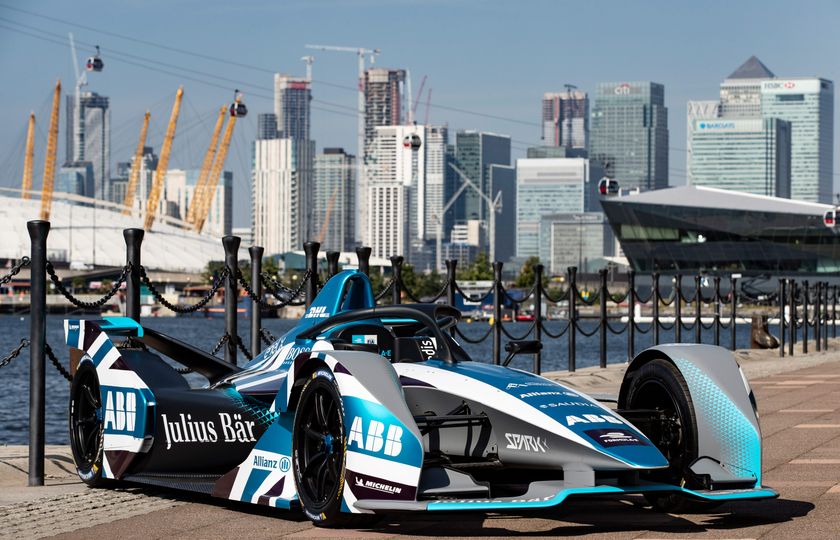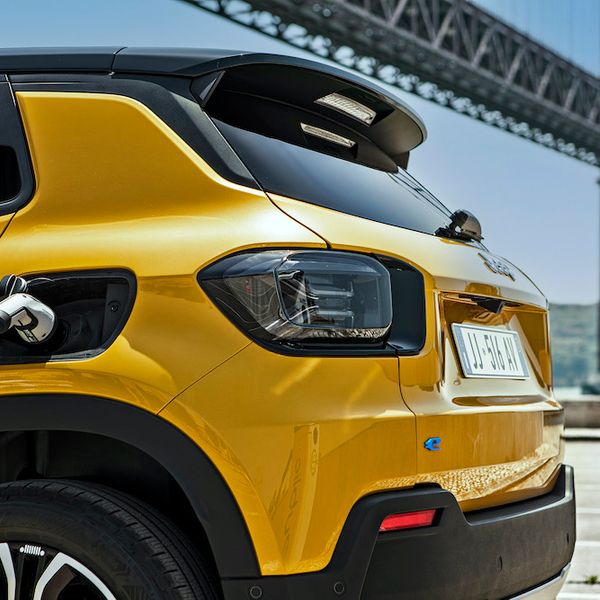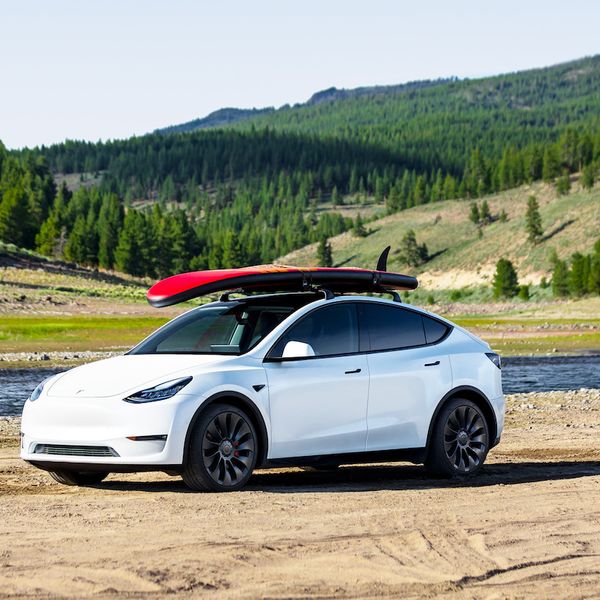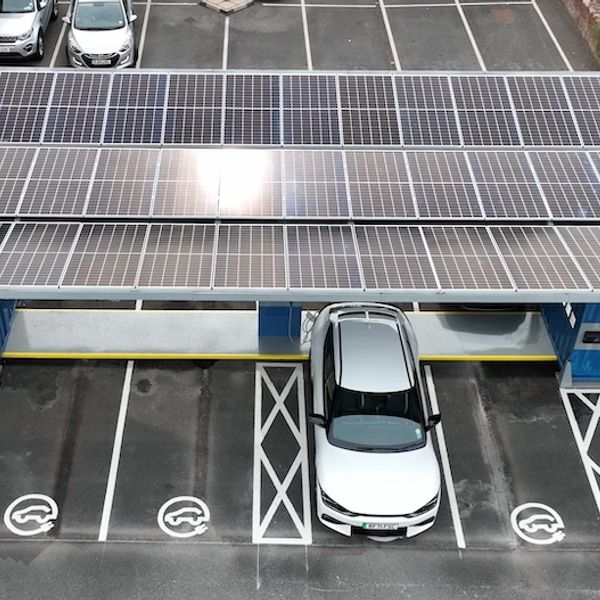
The current Formula E season started last December in Diriyah, Saudi Arabia and ends in London, UK in late July. If you’re wondering why the season runs over two years, it’s to avoid clashes with the Formula One calendar and provide live televised racing action at a time when most other series are having a winter break. The current 2019-20 season consists of 14 races in 12 locations. Two of the races (Diriyah and London) are double-headers, which means two E-Prix are held over the same weekend.
One of the undoubted highlights of the current season is the return of the British E-Prix after a break of four years. Having been one of the most high profile races in the first two seasons of Formula E when it was based in Battersea Park, 2020 sees the race headquarters move across London to a bespoke course that will be built in and around the ExCel exhibition centre in the heart of the Docklands area.

















